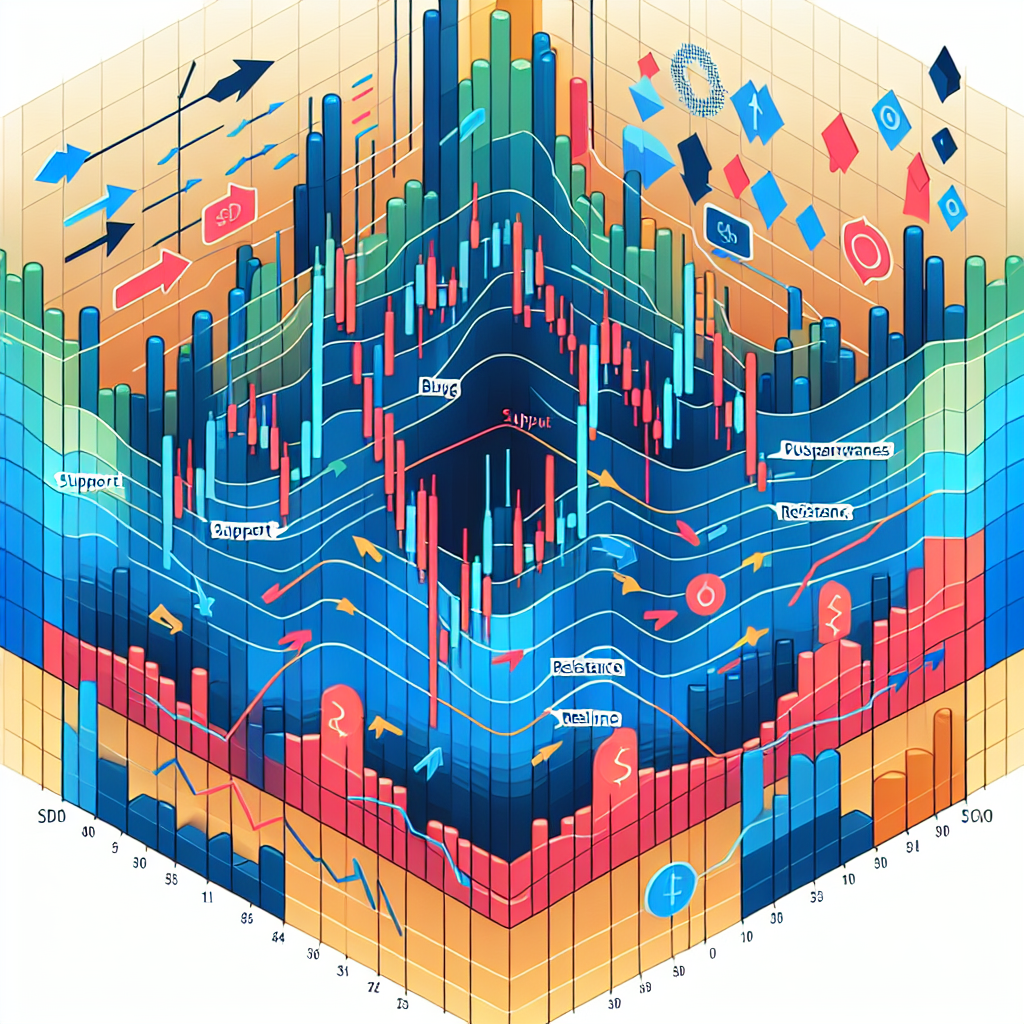Introduction to Volume Spikes and Market Reversals
Understanding the dynamics of the stock market is indispensable for traders and investors aiming to achieve profitability. Among the myriad of metrics and indicators, volume spikes and market reversals stand out as critical signals that suggest potential shifts in market trends. Volume spikes indicate a significant increase in the trading volume of a financial instrument, which is often associated with substantial news or events affecting the company or market. Market reversals, on the other hand, signify a change in the trend of a market’s price, indicating that it may be moving from an uptrend to a downtrend or vice versa. Recognizing these signals can help investors make informed decisions about entering or exiting positions.
Understanding Volume Spikes
Definition and Significance
A volume spike occurs when the trading volume of a security significantly exceeds its average trading volume over a short period, indicating heightened activity and interest from traders and investors. This anomaly in trading volume can result from various factors, including earnings reports, regulatory news, or macroeconomic events, and is often a precursor to increased volatility and potential price movements.
Interpreting Volume Spikes
- Directional Clues: An increase in volume following a price advance suggests accumulation, while an increase in volume during a price decline indicates distribution.
- Continuation or Reversal: Volume spikes can signal the continuation of a trend or an impending reversal. Analyzing the context of the volume spike with respect to the ongoing trend is crucial.
- Confirmation of Breakouts or Breakdowns: High volume is essential to validate breakouts or breakdowns, lending credibility to the new price direction.
Deciphering Market Reversals
Identifying Potential Reversals
Market reversals can be identified by observing certain patterns or signals in the market, including but not limited to technical indicators, reversal patterns on price charts (like head and shoulders, double tops/bottoms), and shifts in market sentiment. These indicators suggest that the prevailing trend may be losing momentum and a reversal is on the horizon.
Types of Reversals
- Short-term Reversals: Fluctuations that correct an overextended move within a larger trend. These are typically seen as opportunities to enter the prevailing trend at a favorable price.
- Long-term Reversals: Indicate a fundamental change in market conditions, potentially leading to a new trend. These reversals are significant for strategic positioning.
Trading Strategies Based on Volume Spikes and Market Reversals
Successful traders often combine the insights provided by volume spikes and market reversals to optimize their trading strategies. Here are a few strategies to consider:
- Volume Confirmation: Use volume spikes as a confirmation signal for trend reversals identified by other means (e.g., technical indicators, chart patterns).
- Contrarian Approaches: In cases of extreme volume spikes indicating potential market euphoria or panic, contrarian strategies can be employed to anticipate a reversal.
- Breakout Trading: High-volume breakouts from consolidation patterns can signal the start of a new trend, offering an opportune moment to enter the market.
Conclusion
In conclusion, volume spikes and market reversals are potent tools in a trader’s arsenal for gauging market sentiment and forecasting potential changes in price direction. By analyzing these indicators in conjunction with a well-rounded trading strategy, investors can enhance their ability to make informed decisions and potentially capitalize on market inefficiencies. As with any trading approach, risk management and continuous learning are paramount to adapting to the ever-changing market dynamics.


